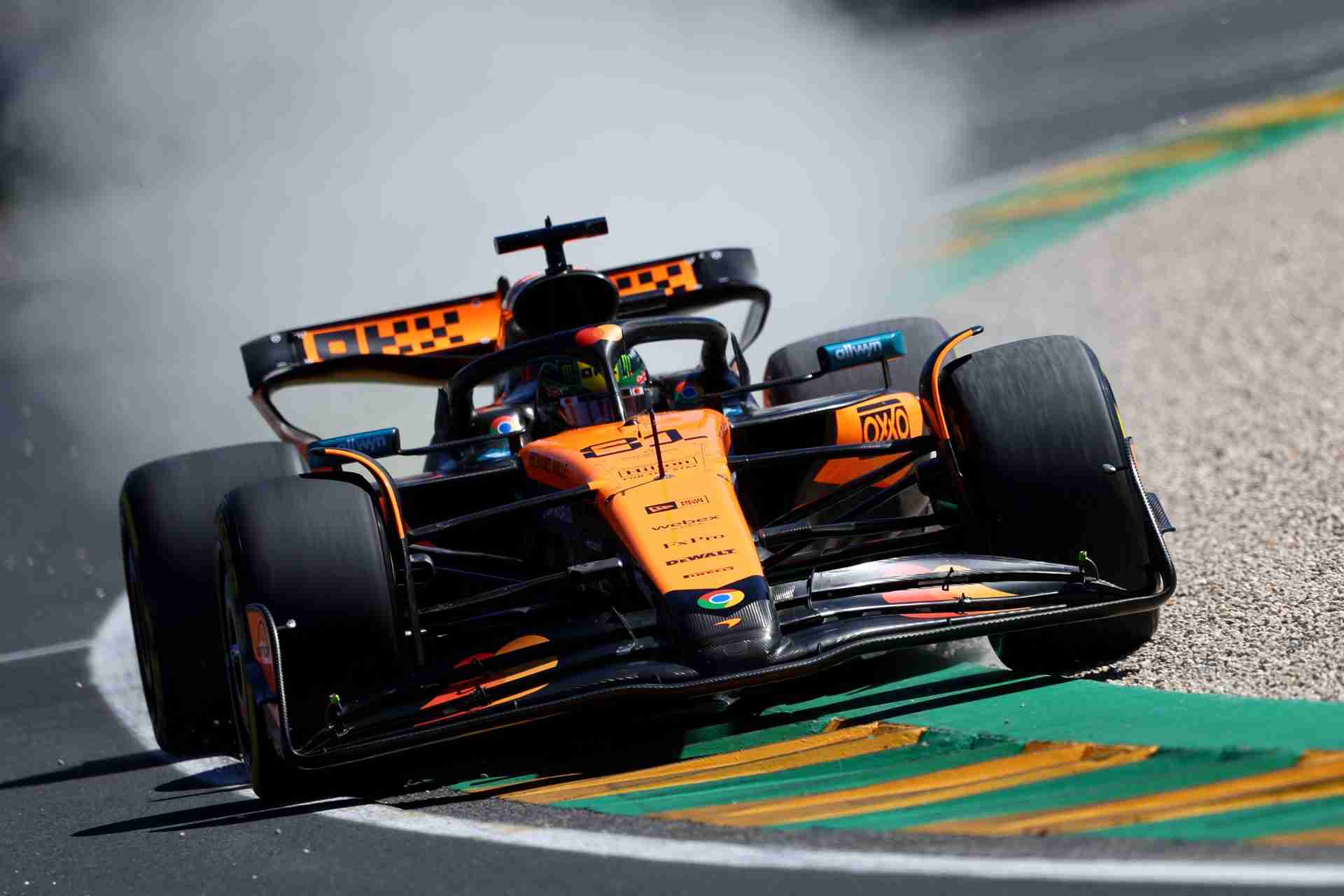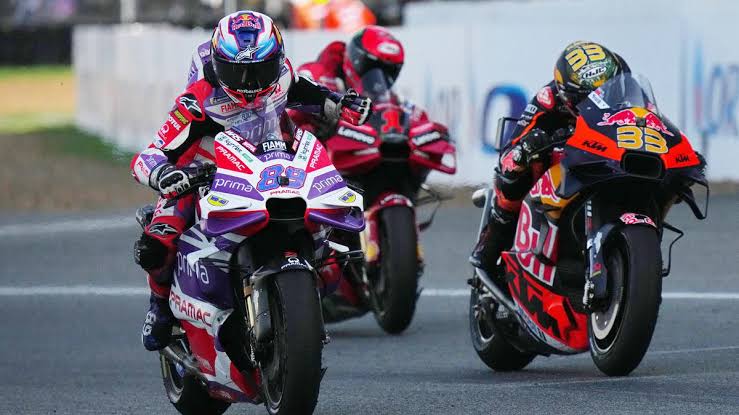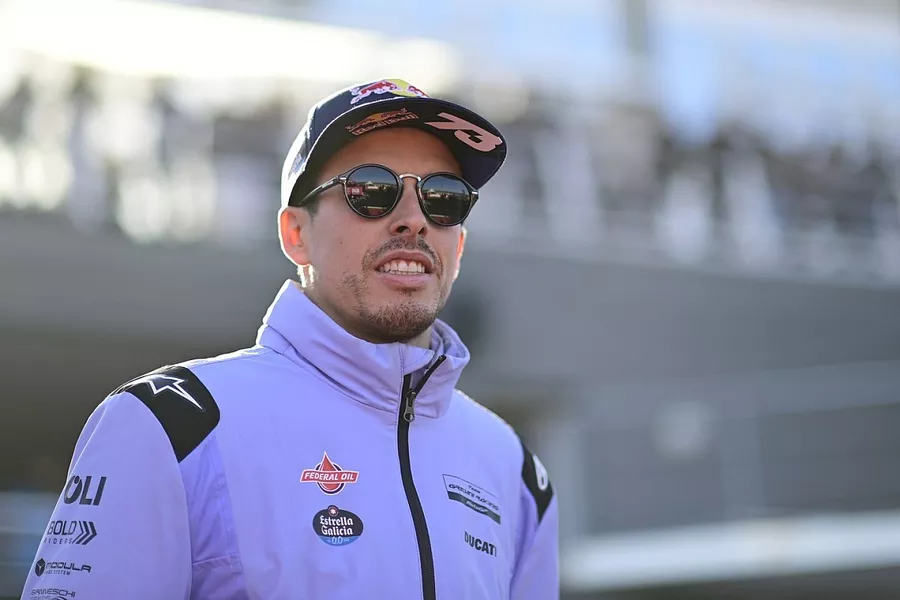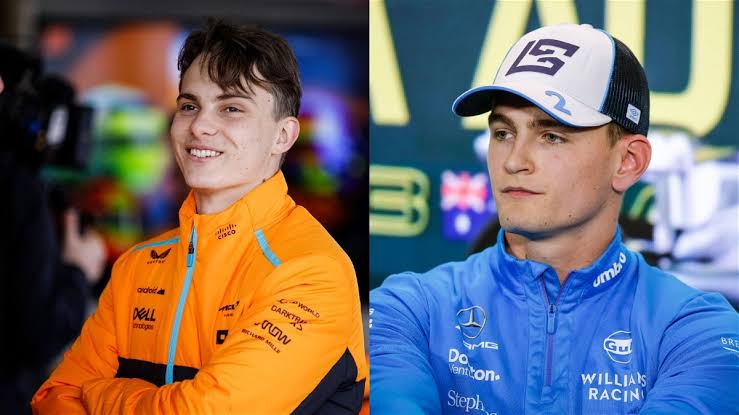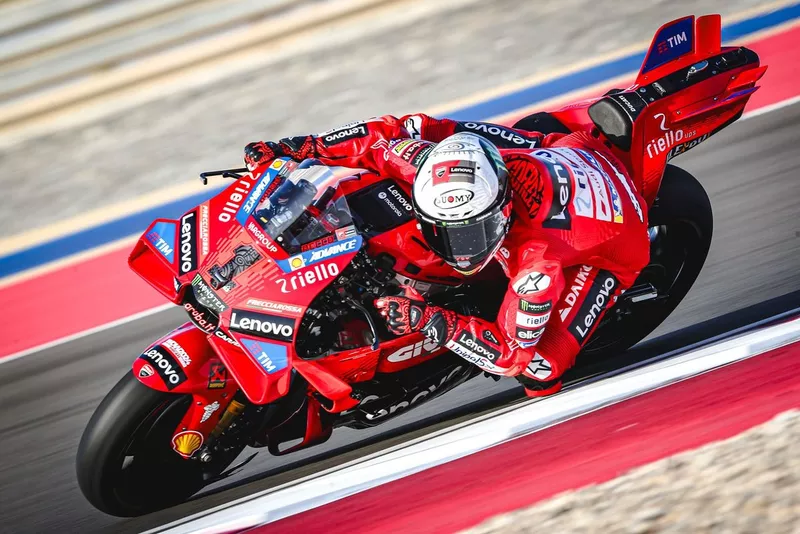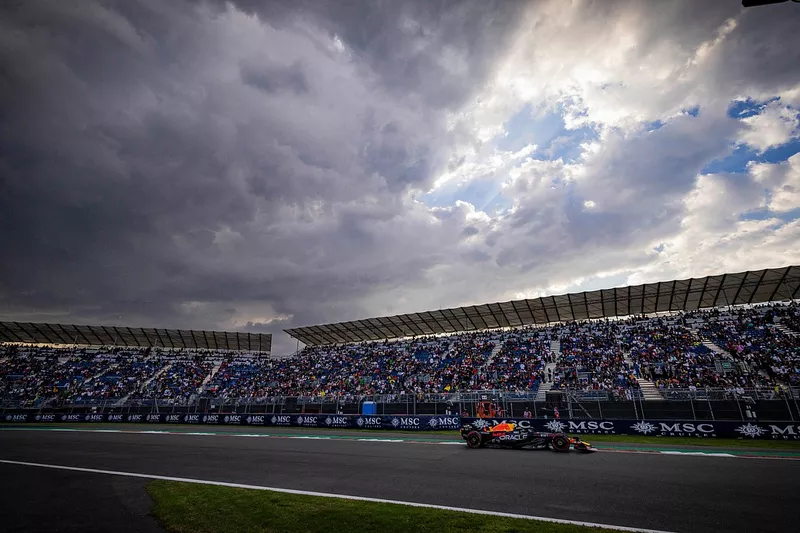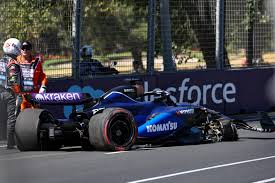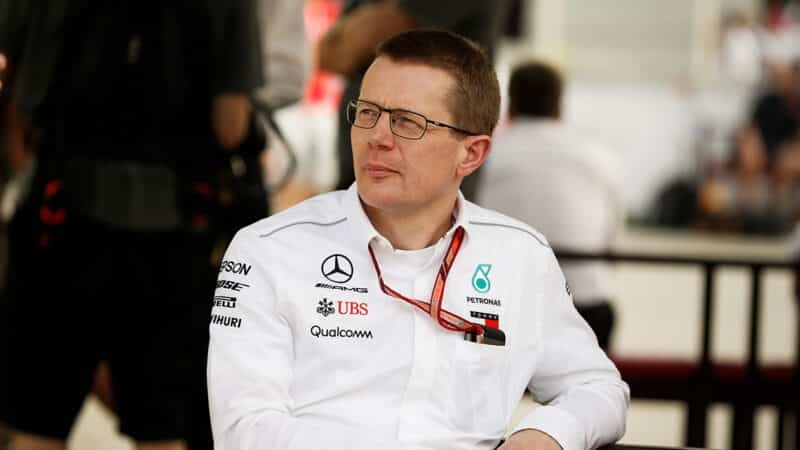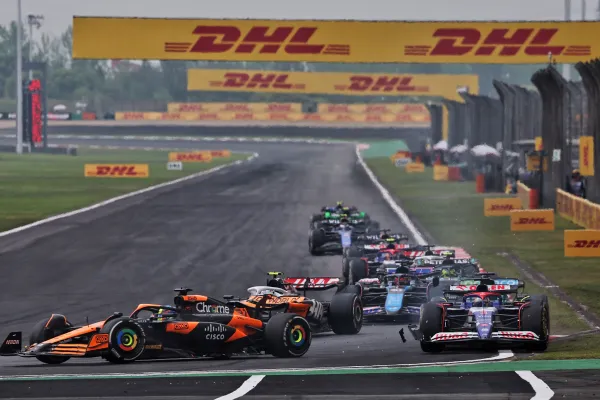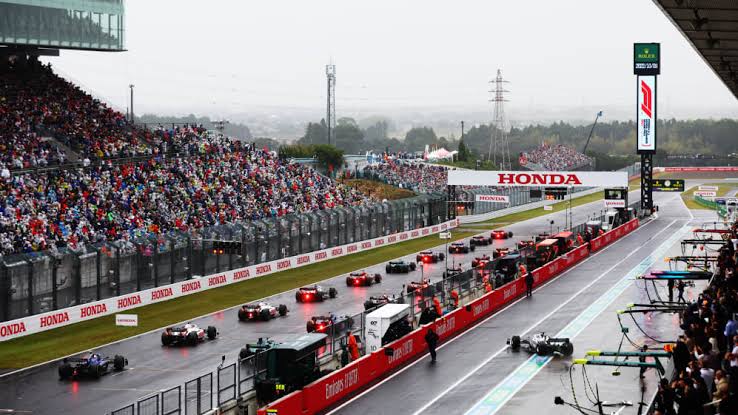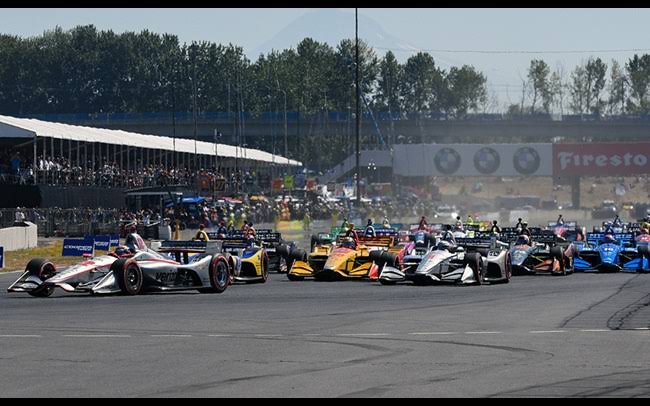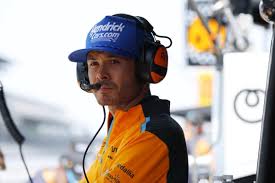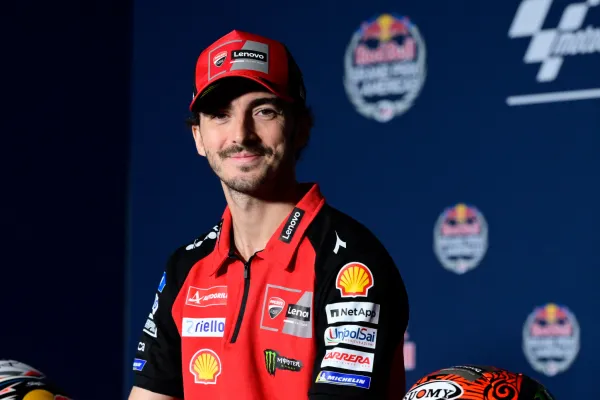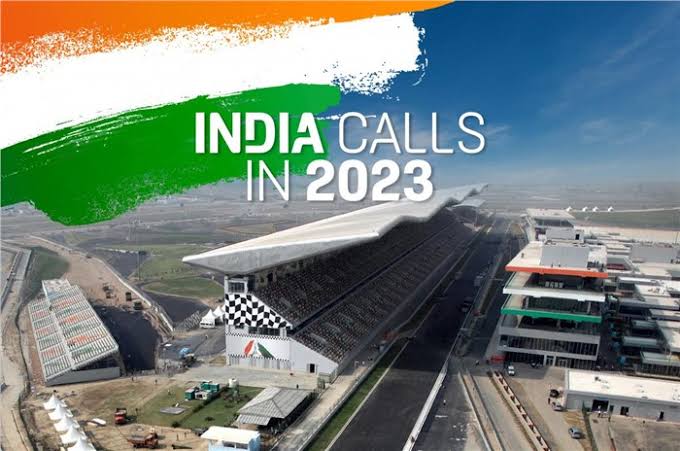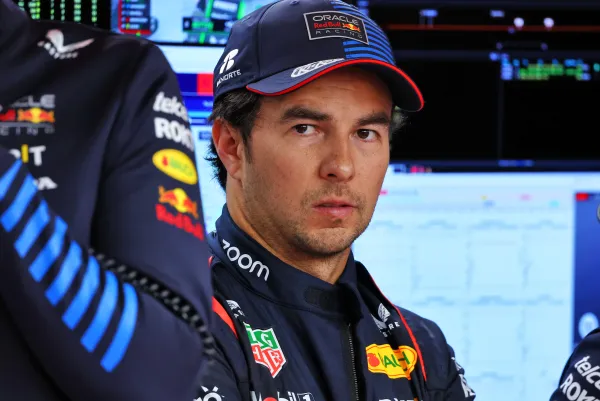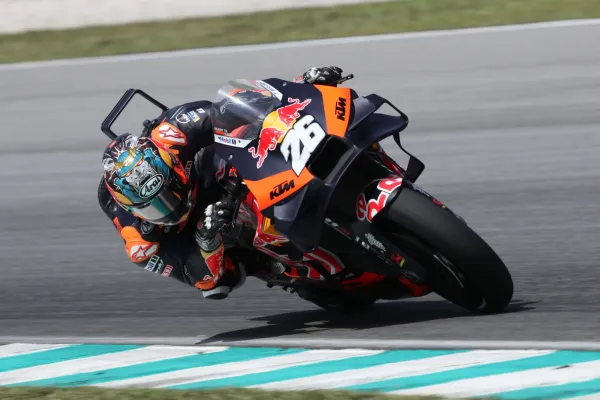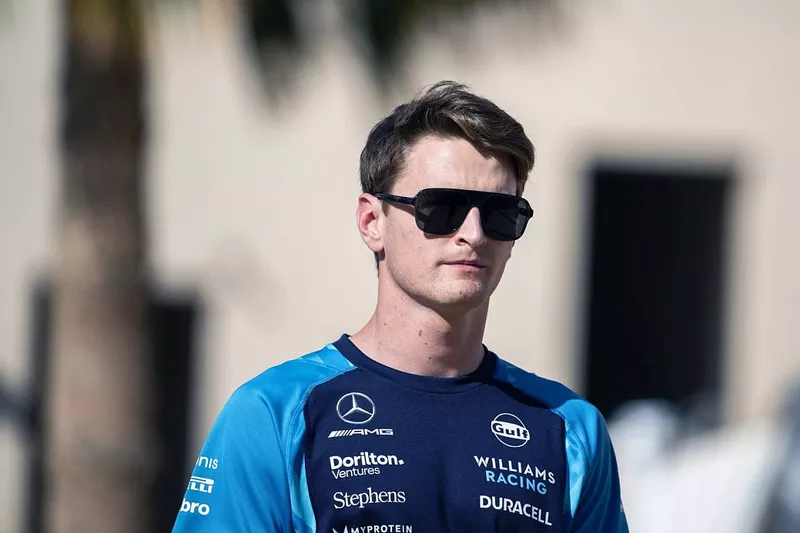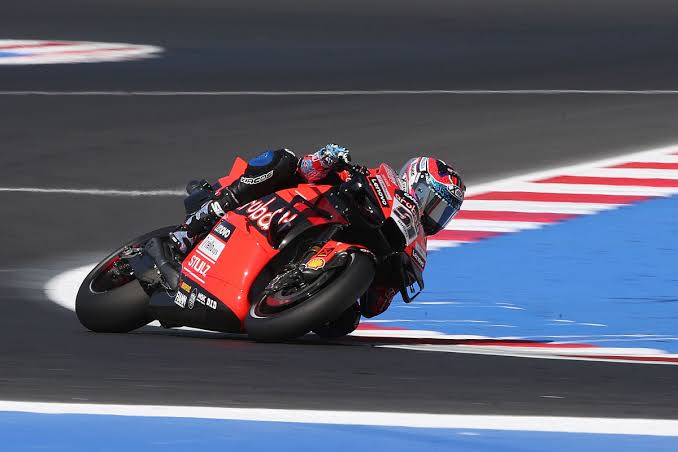McLaren’s Calculated Caution: Why Ferrari’s Qualifying Slump Isn’t Being Taken At Face Value
As the lights dimmed on a dramatic qualifying session at the 2025 Australian Grand Prix, McLaren’s dominance was clear. Lando Norris and Oscar Piastri secured a stunning front-row lockout, leaving rivals like Ferrari in their wake. However, beneath the surface of Ferrari’s underwhelming performance lies a complex web of strategy and potential that McLaren is keenly aware of. In this article, we’ll delve into why McLaren isn’t taking Ferrari’s qualifying slump at face value and what this means for the season ahead.
Understanding Ferrari’s Qualifying Conundrum
Ferrari’s qualifying session was nothing short of disastrous. Despite showing promise in practice, Charles Leclerc and Lewis Hamilton found themselves seventh and eighth on the grid, respectively. Leclerc’s initial pace in Q3 was encouraging, but he ultimately failed to improve, citing inconsistency and tyre overheating issues as major hurdles. This inconsistency is a red flag for Ferrari, but it also hints at untapped potential.
The Puzzle of Pace and Strategy
In practice, Ferrari’s strategy seemed to pay off, particularly in the third sector where they excelled. However, this advantage didn’t translate into qualifying. Leclerc noted that Ferrari lost pace as they pushed harder, suggesting that the team might have missed the optimal setup window. This is a common challenge in Formula 1, where fine-tuning can make all the difference between pole and a midfield start.
McLaren, on the other hand, adopted a lower drag setup, which allowed them to gain speed on the straights. This approach, while beneficial for single-lap pace, might not be as effective in longer stints where tyre wear becomes a factor. Ferrari’s higher downforce setup could potentially offer better tyre management, a crucial aspect in races where strategy plays a significant role.
The Strategic Mindset of McLaren
McLaren’s approach to the season is built on a foundation of strategic caution. Despite their impressive qualifying performance, they are well aware that Ferrari’s slump might not be indicative of their true capabilities. The team understands that F1 is a marathon, not a sprint, and that early-season form can be misleading.
Lessons from History
In recent years, teams have often experienced dramatic shifts in performance as the season progresses. Ferrari’s 2024 campaign, for instance, was marked by periods of dominance followed by struggles. This unpredictability means that no team can afford to be complacent, especially not McLaren, which is looking to build on its constructors’ championship win from last year.
The Role of Driver Experience
Another crucial factor in McLaren’s cautious approach is the experience and skill of their drivers. Lando Norris and Oscar Piastri have shown remarkable consistency and ability to extract the maximum from their car. Norris, in particular, has been instrumental in McLaren’s resurgence, providing valuable feedback that has helped the team refine their strategy. Meanwhile, Ferrari’s drivers, Charles Leclerc and Lewis Hamilton, are equally skilled but face the challenge of adapting to a car that is still finding its footing. The interplay between driver talent and car performance will be a key storyline as the season progresses, with both teams relying on their drivers to push the limits of what is possible.
The Role of Adaptability
McLaren’s success in qualifying was partly due to their ability to adapt quickly. After a messy start to Q3, both Norris and Piastri managed to pull off their fastest laps of the weekend when it mattered most. This adaptability is crucial in a sport where conditions can change rapidly and where setup tweaks can make a significant difference.
Ferrari, too, is likely to adapt and refine their strategy. Leclerc has emphasized that the team needs to find the right balance and window for their car, suggesting that they are not far off from being competitive. This process of refinement is ongoing, and it’s only a matter of time before Ferrari regains their footing.
The Broader F1 Landscape
The 2025 season promises to be one of the most competitive in recent memory. With teams like Red Bull and Mercedes also in the mix, the battle for supremacy is far from over. Max Verstappen’s third-place finish in qualifying, despite being off the pace of McLaren, indicates that Red Bull is still a force to be reckoned with.
Meanwhile, Mercedes, with George Russell in fourth, showed signs of resurgence. The team’s ability to stay within striking distance of the leaders bodes well for their chances in the race. This depth of competition means that no team can afford to underestimate their rivals, especially not Ferrari, which has a history of bouncing back from adversity.
The Impact of Regulations
The new regulations introduced for the 2025 season have also played a significant role in shaping team strategies. The emphasis on ground-effect aerodynamics has led to a more level playing field, allowing smaller teams to close the gap with the front-runners. However, this also means that even slight mistakes in setup or strategy can have a profound impact on performance.
To explore more about how F1 teams adapt to new regulations and maintain their edge, check out our article.
The Psychological Aspect
Beyond the technical and strategic aspects, there’s also a psychological element to consider. Ferrari’s underperformance could lead to internal pressure and scrutiny, which might affect team morale. Conversely, McLaren’s strong start could boost their confidence, potentially leading to a snowball effect where success breeds more success.
However, McLaren is cautious not to let their current form cloud their judgment. They recognize that Ferrari’s struggles are likely temporary and that the Italian team will push hard to regain their competitive edge. This awareness keeps McLaren focused on continuous improvement rather than resting on their laurels.
Conclusion
As the 2025 F1 season unfolds, McLaren’s cautious optimism is well-placed. They know that Ferrari’s underwhelming qualifying performance is not the full story and that the Italian team’s potential, combined with their ability to adapt and improve, makes them a formidable opponent in the long run. The battle between McLaren and Ferrari will be intense, with both teams pushing the limits of innovation and strategy. Whether it’s through technological advancements or strategic partnerships, the real test of strength will come over the coming months. Only time will tell who emerges victorious, but one thing is certain: the fight for supremacy will be a thrilling ride.
To stay ahead of the curve, teams must continuously innovate and adapt, much like how MotoGP teams maintain their edge through cutting-edge technology and strategic planning—see our article for more insights.
